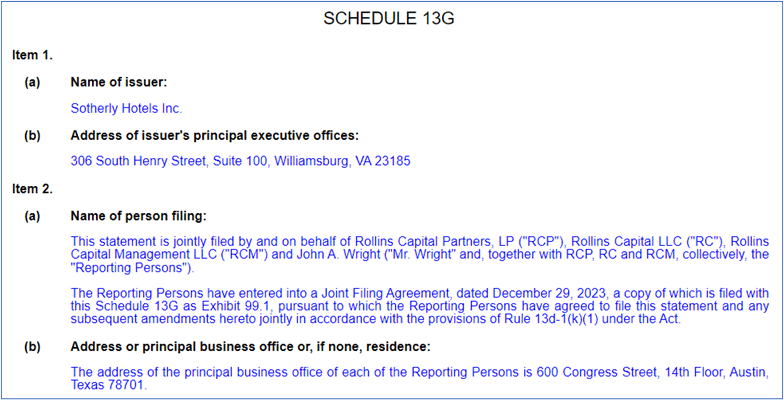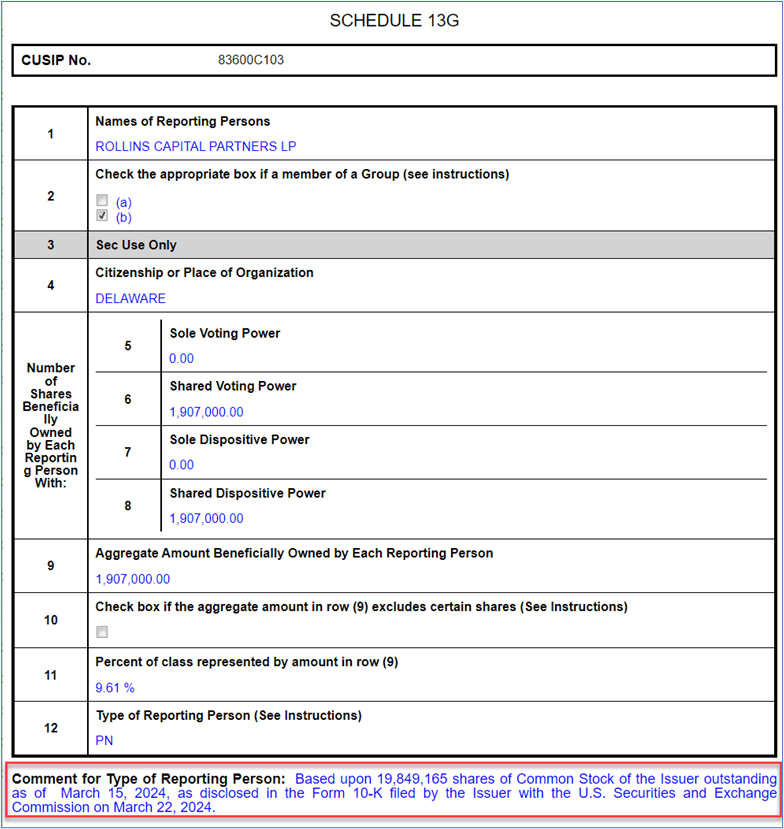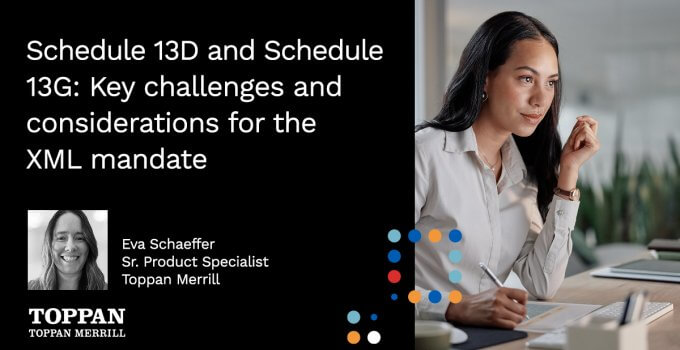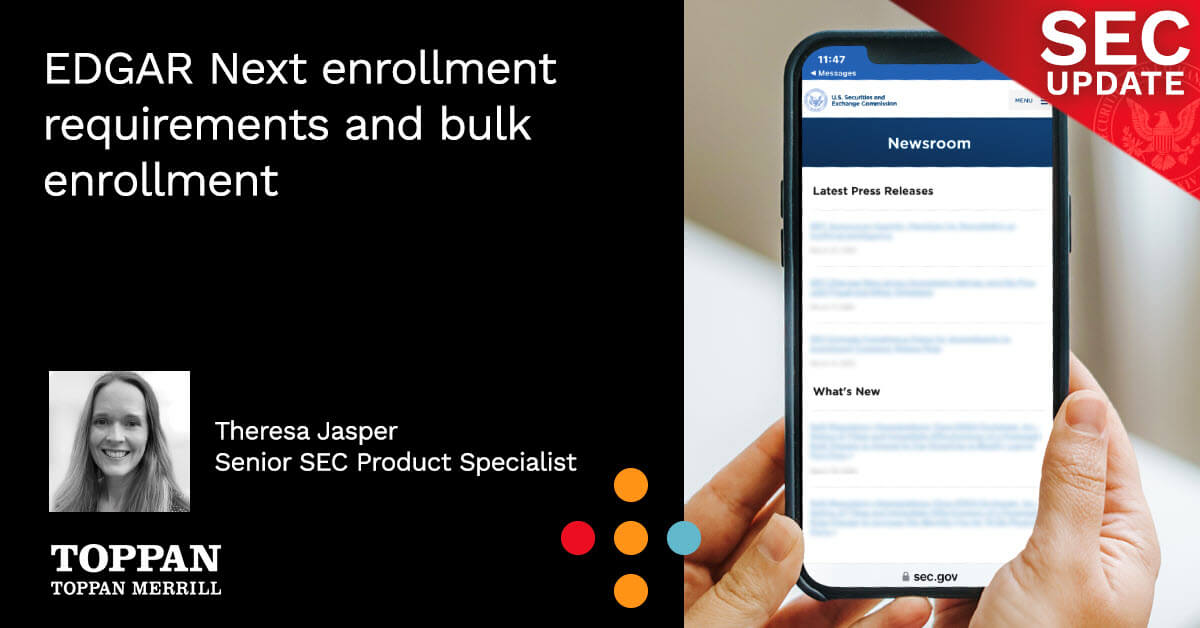The U.S. Securities and Exchange Commission’s (SEC) XML mandate for Schedules 13D and 13G comes into effect on December 18, 2024. This means, very soon, these forms must be submitted in a machine-readable, structured data format. This shift aims to enhance transparency and accessibility, making it easier for investors and other market participants to access, compile, and analyze the disclosed information. The new XML-based format applies to all disclosures, except for exhibits which remain unstructured (i.e., HTML).
The 6 XML requirement challenges
Currently, filers can transmit their content in HTML in the style and format of their choosing. With the new structured format, filers will face additional challenges to meet the new XML requirements.
1. Structured format means structured rendering. The way the form renders in HTML on SEC.gov is locked based on how the SEC renders the data. Be prepared to adjust your content to ensure it meets the requirements of the new format.
- Check out recent Schedule 13D and Schedule 13G filings to see the updated format in action.
2. Accession Numbers are required for amendments. The accession number from the initial Schedule 13D or Schedule 13G filing must be provided for any subsequent amendments. The accession number does not appear in the HTML view of the form but is included in the disseminated XML.

3. Custom text formatting or structured tables in responses have been eliminated. In HTML, filers had the option to apply specific font styles such as bold or italic, or even insert tables throughout their filing. In the new XML world, text is king, and the form only allows filers to control line breaks. Filers may instead opt to insert those more complicated and stylized sections of their filing in an HTML exhibit. XML client-supplied content is displayed in blue text and SEC-generated content appears in black text.

4. Footnotes must evolve. The days of adding footnote references directly to your content are over. Filers are limited to adding text comments for each reporting owner to the “Comments for Type of Reporting Person:” section.

5. Group members are no longer displayed on the SEC.gov landing page for the filing. If you are used to checking for group members on the company landing page, you’re out of luck. Third party data aggregators, however, will have no challenges extracting that information directly from the XML of Schedule 13D or Schedule 13G filings.
Old sec.gov filing landing page:

New sec.gov filing landing page:

6. Signatures are structured. Signatures are displayed, grouped by Reporting Owner. Each reporting owner must have a signature but can also have multiple affiliated signatures. Each unique signature is limited to the Signature, Name/Title, and Date. Character limitations may make for some interesting truncations.

With these new requirements coming in hot, we encourage filers to review and utilize our most current XML Client Worksheets to ensure that all required fields have been added and that no content is missing.
Resources
Schedule 13D and 13G Technical Specifications
SEC Final Rule: Modernization of Beneficial Ownership Reporting
SEC Modernizes Beneficial Ownership Reporting on Schedule 13D and 13G with XML format
How Toppan Merrill Can Help
The XML mandate compliance date is Dec 18, 2024. If you have questions regarding this Schedule 13D and 13G XML rule or would like assistance, the experts at Toppan Merrill can help. Connect with one of our experts at [email protected] or by calling 800.688.4400.



